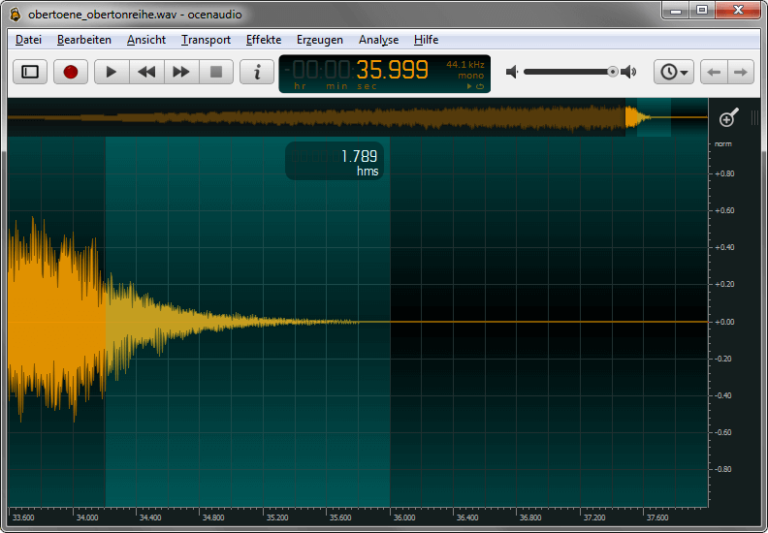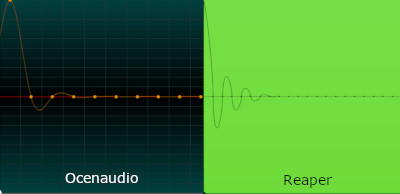

Personally I disagree that steps are harmless in a colormap for continuous data: Did I succeed in doing that without bringing others down?) (My goal for this post is to spread knowledge that I find valuable. Personally I'd stick with Audacity's new colormap, or port over a Matplotlib or Seaborn colormap (which takes extra work for minimal benefit, aside from coming with more choices of colors). (Note that I haven't tried measuring your colormap with a test image.)Īudacity's new colormap ( link to source) seems to be designed with perceptual uniformity in mind ( link to tests), resulting in relatively uniform brightness gradients and fairly visible fine detail throughout all colors. Looking at your colormap, my impression is that there's a steep change in color between -40 dB and -48 dB, but almost none from -48 dB through -56-ish dB, making those colors difficult to distinguish on a spectrogram. The Matplotlib and Seaborn colormaps should work well out of the box, having been designed specifically for perceptual uniformity. (Though in the case of a spectrogram, it may be acceptable for light high-energy areas to have a steeper gradient than dark low-energy areas which are less audible in the first place, but the transition must still be smooth.) A discussion of measuring perceptual uniformity, and why it's important, is at this link.

I feel one important factor when picking a colormap is making sure that it's perceptually uniform, providing a uniform increase in brightness from the lowest to highest-energy areas, with a uniform "local gradient" so fine detail is equally visible in all areas. At first glance, there's not a lot of difference between Audacity's current colors, your suggested color scheme, the Ocenaudio/Audition color schemes, and Matplotlib or Seaborn (colormaps designed for data science visualization).


 0 kommentar(er)
0 kommentar(er)
